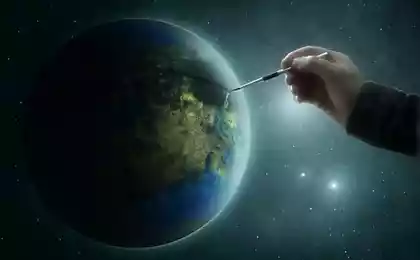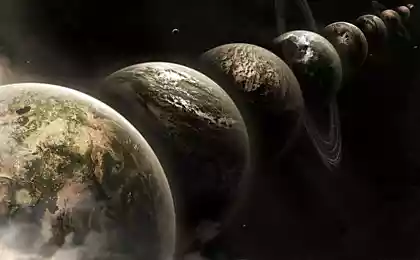692
Found traces of the oldest stars in the Universe
Japanese astronomers have discovered traces of a huge star that existed during the early Universe. Although these stars were hundreds of times more massive than the Sun, they lived a short life.
The sensational discovery made with a telescope Subaru on Mauna Key in Hawaii, will help to reveal the innermost secrets of the Universe. The study WAKO Aoki and colleagues from the National astronomical Observatory of Japan was published in the scientific journal Nature.
Analysis of the chemical composition of stars of the second generation showed that it could be formed from the material of the stars of the first generation. Stars with such immense mass live only a few million years.
The Subaru Telescope
It is believed that the universe originated in the Big Bang 13.8 billion years ago. 800 million years later almost all the first generation stars went supernova. Thus was created the first heavy elements, which led to the formation of stars and galaxies.
The existence of one of the oldest stars indicated the remains of a star of the second generation of SDSS J0018-0939. The object was formed from gas clouds that contained the material left after the explosion of the more massive stars of previous generations.
"Supermassive stars and their explosions have a big impact on the processes of the subsequent star formation and galaxy formation", — quotes Space.com words Aoki.
The first generation of stars
The stars of the second generation is less massive, and their age is about 13 billion years. The inherent low concentration of heavy elements indicates that they are descended from the remnants of earlier stars giant size.
The existence of the very first stars in the Universe can prove on heavy elements, the appearance of which is associated with the Big Bang. The fact that some chemical elements could arise only in the process of melting of helium and hydrogen inside stars of the first generation. Anyway, to date nobody has been able to prove the existence of the first generation of stars.
To confirm the findings of Japanese scientists will require more research. Team Aoki hopes that this discovery will be followed by new discoveries. Perhaps they will help the space telescope James Webb, which will be launched in 2018.
Source: hi-news.ru
Source: /users/1617























